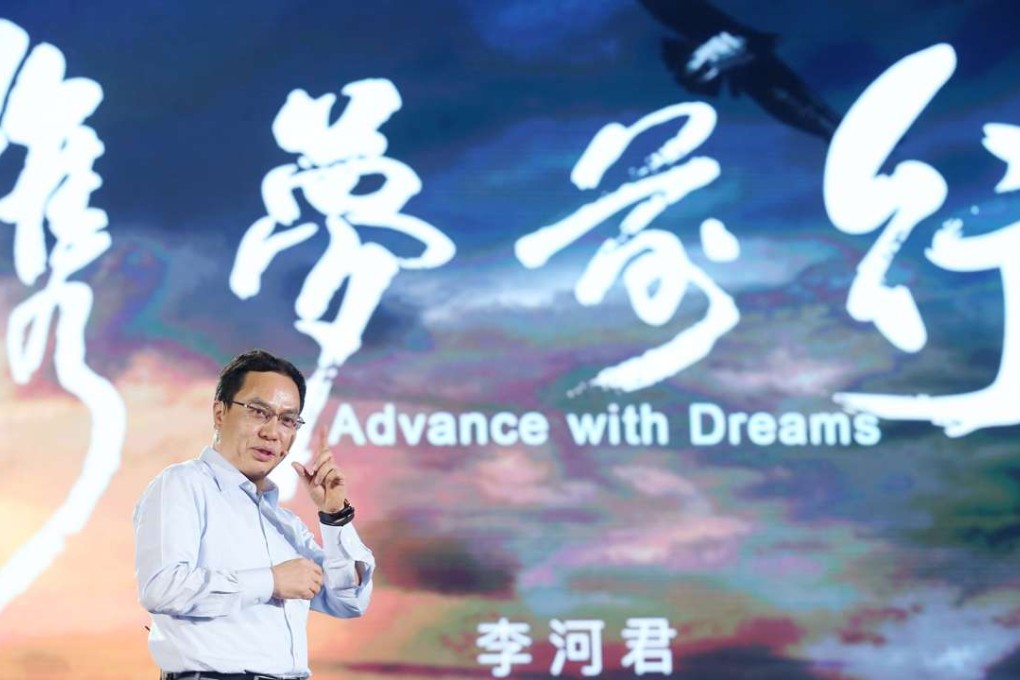New | Hanergy debuts four solar-powered prototype vehicles
Chinese solar company rolls out vehicles that can travel 80 kilometres on a single charge of sunlight lasting five to six hours

Chinese solar company Hanergy Holding Group has unveiled four solar-powered cars, reflecting the company’s effort to diversity into the automotive industry as a way to expand the use of its thin-film photovoltaic technology.
“Cars powered by solar can be commercialised,” chairman Li Hejun said Saturday in Beijing at a ceremony to debut the vehicles including a sports car he drove in a live demonstration.
It was the first public appearance of Li since he resigned in May as chairman and executive director of Hanergy Thin Film Power Group, the group’s Hong Kong-listed unit whose shares have been suspended from trading since May last year amid a probe by securities authorities.
Once a high-flying Chinese solar firm, Hanergy Thin Film posted a loss of HK$12.2 billion last year, with a significant portion of the loss from asset impairments. Revenue dived 70.7 per cent as it failed to deliver new production lines to its parent Hanergy Holding.
Li has been under pressure amid questions about potential applications and the future of Hanergy’s thin-film photovoltaic technology.
